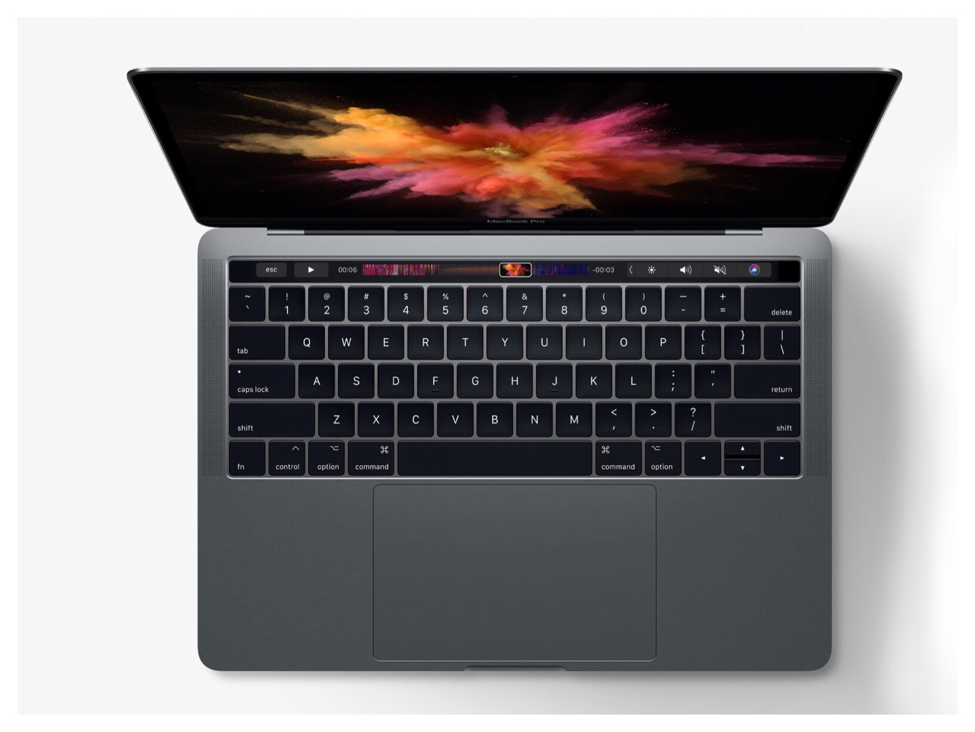So how do manufacturers cope with rising costs? One way is “shrinkflation”. That’s the nickname given to the old practice of reducing the amount of product that you sell to the customer but leaving your price the same. You see it in the grocery store all the time when the contents are smaller but the price is the same. It’s actually a sneaky price increase done with the hope that the customer doesn’t notice. I’ve had to work the financials for many a shrinkflation proposal in my time.
In a recent interview, Jony Ive said that he doesn’t pay attention to product line financials. Numbers aren’t his thing. But the changes that are being designed into the new MacBook Pro such as removing the SD card slot or Ethernet port have the fortuitous impact of shrinkflation. Whether it’s Jony’s vision to have a sleek device with clean unbroken lines or the finance group’s desire to protect gross margins, it doesn’t matter. The end result is the same. It is a de facto price increase.
On the subject of laptop gross margins, I’ll put my experience up against anyone’s. I spent years of my life dissecting Gateway’s laptop profitability in our flagship manufacturing plant in North Sioux City, South Dakota. This is what I learned. There is a direct correlation between a laptop’s profitability and the number of components and ports that it has.
Tech pundits cavalierly throw around suggestions about how laptop manufacturers should include this or that as if it is done by magical elves in the middle of the night. It’s not so easy. Holes that need to be drilled, burrs that need to be filed down, or connections that need to soldered all require another stop in the manufacturing process. Each step is another opportunity for defects, which trigger scrap. And it’s not just upfront purchasing or manufacturing costs. There are additional costs on the backside when your customers need service for one of those ports or components.
There’s nothing wrong with including all this as long as the customer is willing to pay for it. But if the marketing department is unwilling to go up in price, then there is only one option available. One thing I’ve always appreciated about Apple is that they would rather go upmarket than to sell what they perceive to be an unworthy product. But even Apple customers have their limits. The big question that Apple faces is how many people really miss the features that they’ve omitted? Is it worth infuriating this group of customers in exchange for fulfilling Jony Ive’s vision of the future or protecting the bottom line?
I heard a great example from the automotive world by talk show host Stu Burguiere the other day that helps explains Apple’s predicament. He’s recently struggled with the painful process of selecting a baby car seat for his vehicle and lamented what a terrible process it is. Many car seats are made from cheap materials or they don’t fit into his vehicles very well. Not to mention many are just plain ugly. If automakers wanted to, they could sell all vehicles with built-in car seats so that no one would ever to have to buy a separate one.
I actually had bought a mini-van back in the 90s that had built-in car seats for small children. It was great because you were never without a car seat, they could fold out of sight and be hidden, and they matched the vehicle interior. However, this would add significant cost to the vehicle when only a minority of customers would actually use the included car seats.
Automakers have overwhelmingly decided that it’s not worth the extra cost to all of their customers to provide built-in car seats when only 20% or less of their customers will actually use them. I think Apple has come to similar conclusions, and would have even if Jony Ive wasn’t there.
Now available in iBooks —> The Tesla Bubble




 RSS Feed
RSS Feed